If you’re an ecommerce business owner looking for better ways to scale your online store and increase sales, then look no further!
Growth hacking is the key in today’s digital age.
Essential Growth Hacking Strategies It has revolutionized marketing as we know it, enabling businesses to get more from their efforts with minimal effort.
After all, why put so much energy into something if you don’t reap the rewards?
In this blog post, I’m going to take a deep dive into some of the most essential growth hacking strategies every ecommerce business should consider implementing with real-life examples.
So read on — because, by the time you finish reading this post, I guarantee that you’ll have plenty of new ideas and insights on how to make your store even more successful!
Essential Growth Hacking Strategies 2024: To Build Best Ecommerce Store
Strategy 1. Incite FOMO:
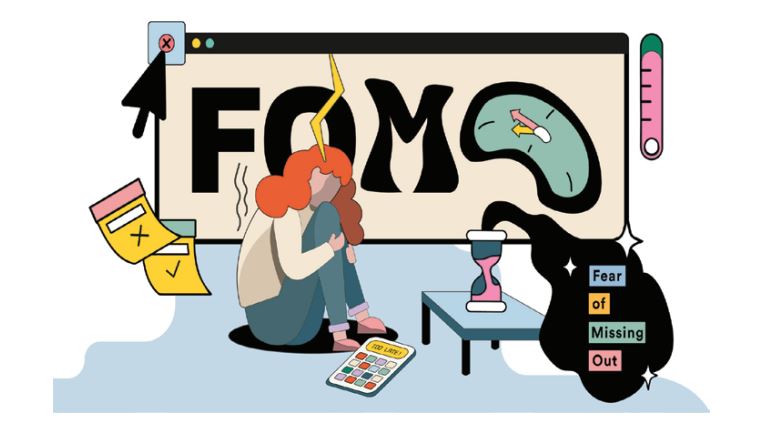
FOMO, or Fear of Missing Out, is a psychological phenomenon that occurs when you feel as if you must be included in something or you will miss out on something great.
It can also be referred to as the grass is always greener syndrome. It’s often associated with social media since it can create an artificial sense of competition and comparison between users.
When it comes to ecommerce stores, FOMO can be a powerful tool for driving sales and creating loyalty among customers.
By leveraging FOMO strategies, store owners can create an exclusive brand experience for their customers and keep them coming back for more.
This article will explore some essential growth hacking strategies for leveraging FOMO to drive sales in your ecommerce store.
1. Create Urgency & Scarcity
One of the most effective ways to trigger FOMO in your customers is by creating a sense of urgency and scarcity around certain products or services.
This can be done by offering limited-time discounts, flash sales, or exclusive VIP access to certain products or services.
Customers are more likely to take action if they know that there’s a limited window of opportunity before they’re “left out” of the deal – so use this strategy sparingly but strategically!
2. Highlight Social Proof
Another effective way to leverage FOMO in your store is through social proof.
This involves prominently displaying customer reviews, ratings, and testimonials on your store page so potential customers can see what others think about your product or service before committing to purchase.
This provides potential buyers with the assurance that they won’t miss out on anything great – because others have already tried it and enjoyed it!
3. Offer Incentives & Rewards Programs
Incentives and rewards programs are another great way to leverage FOMO in your ecommerce store.
Offering exclusive rewards points or discounts for customers who buy certain products or spend above a certain amount creates an incentive for them to shop more often – and helps encourage loyalty over time.
You can also offer bonus reward points when customers refer friends, which creates an even greater sense of urgency and scarcity around the reward program itself!
4. Use Live Events & Exclusivity Tactics
Live events like webinars, Q&A sessions, and product launch parties are all excellent ways to leverage FOMO in your store.
Inviting only select groups of people (or even just one person!) into these events makes them seem exclusive – giving those inside the event access to something special that no one else has yet experienced!
You can also use exclusivity tactics like early access passes or pre-sale codes that offer entry into upcoming events at discounted prices – giving loyal customers something special that no one else has yet discovered!
5. Leverage Social Media Influencers
Finally, using social media influencers is another great way to drive sales by leveraging FOMO tactics in your store.
Having influencers share their experiences with your product/service on their platform will help generate excitement among their followers, making people feel as though they need to try out whatever it is the influencer.
Additionally, offering special incentives like discount codes via sponsored posts will further incentivize followers to act quickly in order not to miss out on any special deals being offered exclusively via this channel!
Strategy 2. Decrease Website Loading Time:
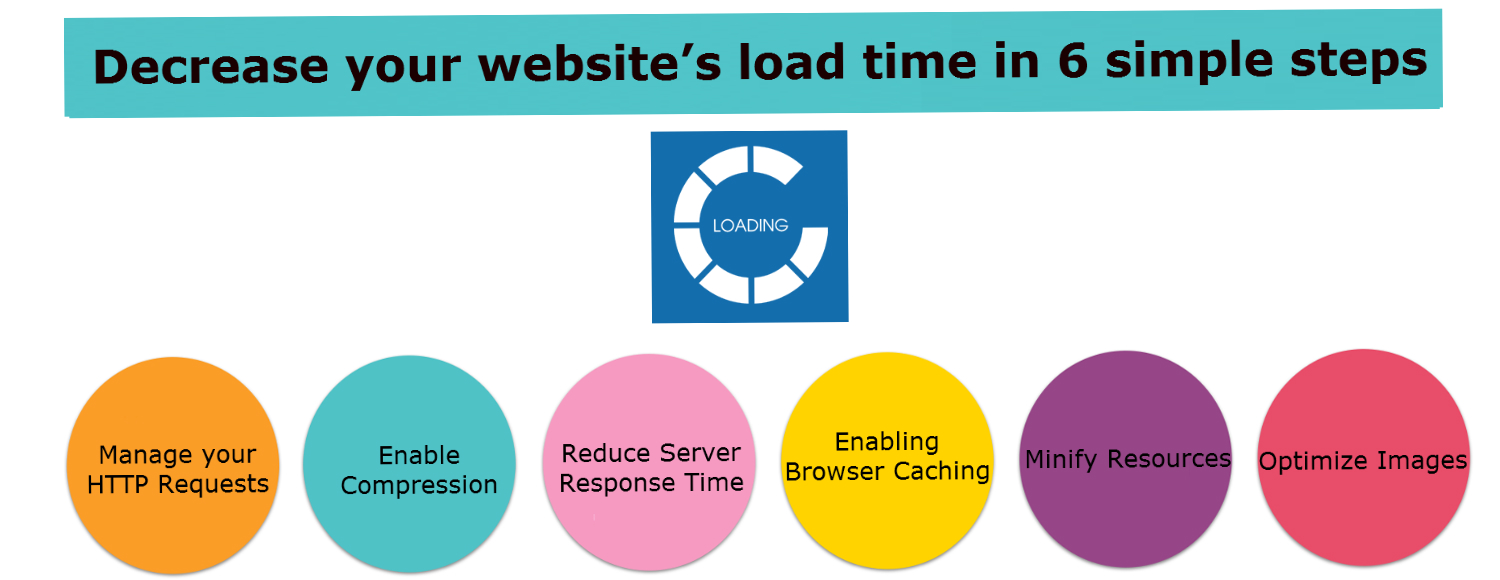
Decreasing website loading time is an essential growth hacking strategy for any ecommerce store.
The website loading speed can have a huge impact on customer experience, SEO rankings, and, ultimately, your bottom line.
By decreasing website loading time, you can increase sale conversions, reduce user frustration, and create a better overall user experience.
The main goal of decreasing website loading time is to ensure that each page of your website loads as quickly as possible.
To do this, you can take several steps to optimize the performance of your website. Here are some of the most effective strategies to decrease your website loading speed:
1. Optimize Your Images:
Images are often a major contributor to slow page load speeds, so optimizing them is an important step in improving performance.
Compressing images makes them smaller in file size, allowing them to load faster.
Additionally, some formats, like JPEGs, are more efficient than others, like PNG files, so make sure you’re using the correct format for each image you upload.
Finally, reducing the resolution of images can also help with page load times. Still, it should be done carefully, as reducing too much will lead to low-quality visuals on your site.
2. Minimize Redirects & HTTP Requests:
Every redirect or HTTP request made takes extra time for the page to load, so minimizing these wherever possible will help decrease page load times significantly.
If you have any unnecessary redirects or requests that can be removed, do so immediately. This will improve your site’s overall performance.
3. Use Browser Caching & Cache Management Tools:
Browser caching allows web pages and other assets (such as images and scripts) to be stored locally on a visitor’s computer.
After they visit a particular page or asset once in order to speed up future visits to those same web pages or assets by eliminating the need for downloading them again from the server every single time they access that content again.
Which can help significantly decrease website loading times over multiple visits from the same user.
Additionally, numerous cache management tools (both free and paid) are available that allow you to automate caching processes and optimize existing caches with minimal effort.
Required from yourself, so utilizing these solutions could make managing browser caching much easier for you if necessary.
4. Enable Gzip Compression:
Gzip compression helps compress text-based content (HTML documents, Javascript files, etc.) into smaller file sizes before sending them out from your server, decreasing their transmission time.
Setting up gzip compression is relatively straightforward, but depending on what platform/CMS you use, there may be specific instructions needed in order for it to work correctly regardless.
Enabling gzip compression should certainly improve your website’s performance in terms of its loading times!
5. Server Response Times & Quality Of Service Levels:
Ensuring that servers respond quickly when someone tries accessing a webpage is another key factor when trying to reduce page load speeds.
Response times should generally remain under 200 milliseconds. Otherwise, visitors may start experiencing delays when visiting your site, which could discourage further visits/interactions with your eCommerce store.
Additionally, ensuring that service levels remain consistent across all devices & browsers used by visitors is equally important, as delivering different experiences depending on how people access certain pages could lead to visitors’ feelings.
If they find themselves having slower experiences compared to others or, even worse, completely unable to access certain parts of the store altogether due to technical issues!
By following these strategies closely, ecommerce stores should see an improvement in their overall website loading speed, which will no doubt result in happier customers and higher conversion rates!
Strategy 3. Use Testimonials and Social Proof:
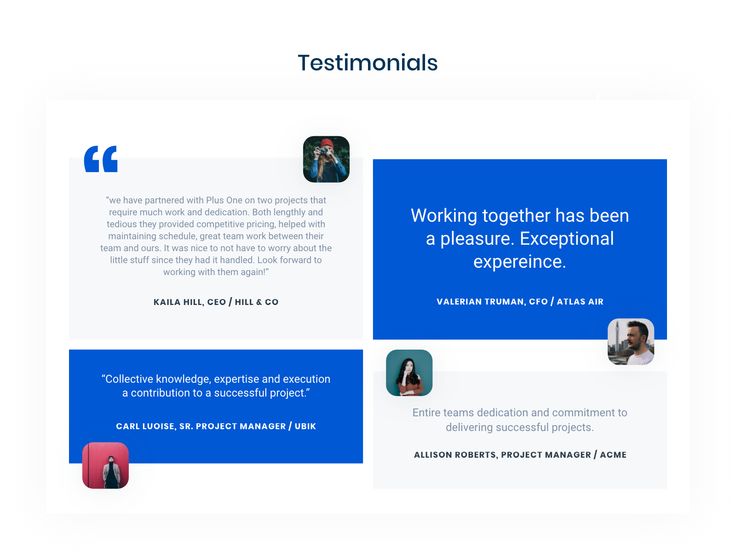
Testimonials and social proof can be a powerful tools for any ecommerce store.
They act as an endorsement from customers that can help to build trust with prospective buyers, ultimately leading to more conversions.
But how exactly do you go about incorporating them into your strategy?
To start, you need to ensure that you collect customer reviews and testimonials on a regular basis.
This will give you a great source of organic content that can be used in various places on your site. To encourage customers to leave reviews, consider offering incentives like discounts or free shipping for those who review their purchases.
You can also email customers for feedback after their order is complete, which will give you an even broader range of testimonials to choose from.
Once you have collected some reviews and testimonials, it’s time to start using them in different areas of your site.
Reviews should be prominently displayed on product pages so potential shoppers can see what others have said about the product before they decide to buy.
You can also showcase positive customer experiences with additional marketing materials, such as videos or images on your homepage and other high-traffic pages or even on social media platforms.
It would be best if you also considered featuring influencers who have had good experiences with your products in order to reach a wider audience and gain more credibility.
By partnering with influencers, you can leverage their network of followers and create further social proof for your products.
Be sure to reach out directly to people who already follow these influencers to introduce your company and its products to them more personally.
Additionally, create visual depictions of influencer recommendations by creating custom graphics that feature quotes from their posts about your store—this will provide more evidence of the quality of your products and services.
Finally, make sure that all customer feedback is shared publicly so new visitors can easily see it without having to search through pages or scroll.
Adding this content to the home page is a great way to showcase it quickly and effectively through each individual product page.
Additionally, share positive reviews across other channels, such as Twitter or LinkedIn, so prospective customers can see just how much people love shopping at your store!
Incorporating testimonials and social proof into an ecommerce business strategy isn’t difficult; however, if done correctly, it has the potential for a great payoff!
With these tips in mind, you should be well-equipped with the tools necessary for gathering customer feedback and curating compelling visuals.
From them, featuring influential voices within your business niche and displaying all this information prominently throughout your store!
Strategy 4. Rethink Your Copywriting:
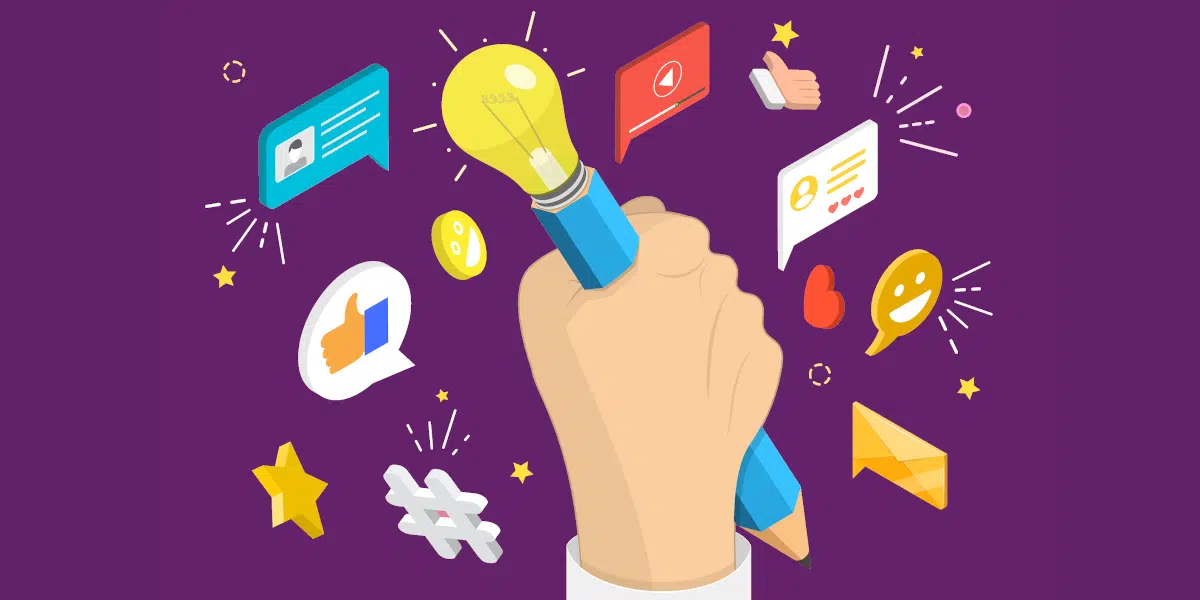
Copywriting is a powerful tool for ecommerce stores, as it can be used to draw attention and engage customers.
The best copywriters know how to craft compelling messages that generate traffic, convert leads, and ultimately increase sales.
When it comes to growth hacking strategies for ecommerce stores, it’s essential to invest in copywriting. But what does this process look like? How do you create effective copy that resonates with an audience?
When you’re thinking about writing your copy, start by understanding the buyer’s journey. This is the process your customers go through when they consider purchasing from your store.
They progress through different stages of the journey, from learning about the product to hitting’ buy’.
As a store owner, it’s important to understand where your potential customers are at any given moment so that you can tailor your messaging accordingly.
When crafting copy, think about how each piece of content supports the customer’s journey and appeals to their needs at each stage.
For example, if someone is just starting on their buying journey, they won’t be ready for hard-sell tactics or long-form content yet – they need education and information first.
As such, focus on creating content that will help them learn more about what you have to offer rather than pitching them on why they should buy from you in this early stage.
It’s also important to consider the tone of voice in which you write your copy. Will you use humour or be more serious? Will it be casual or formal?
Keep in mind that this will depend on who your target audience is and what kind of message you want them to take away from reading your content.
You don’t want to come across as too pushy or aggressive; instead, use language that resonates with them and communicates trustworthiness so that they feel comfortable taking action after reading what you have written.
Another key element of successful copywriting is segmentation – breaking down different types of audiences into groups and tailoring messages specifically for each group so as not to miss any opportunities.
This could mean creating separate campaigns for existing customers versus new customers or creating separate pieces of content aimed at different stages along the buyer journey.
Segmenting your target audience gives you greater insight into their needs. It helps ensure that no one is left behind when it comes time to deliver tailored messaging based on individual preferences.
Finally, don’t forget A/B testing! A/B testing helps identify which version of a piece of copy performs best with readers by comparing two versions against each other (A & B).
You can test things like headlines, calls-to-action (CTA), images – anything really – until you know exactly which combination works best with each segment within your target audience.
A/B testing can help inform future decisions about copywriting so that every piece of content created has the maximum impact on engagement levels and sales conversions!
Overall, growth hacking strategies for e-commerce stores rely heavily on successful copywriting techniques to stand out from competitors and draw attention from potential buyers online.
It pays off greatly if done correctly – understanding customer behaviour along the buyer journey, segmenting audiences appropriately and using appropriate language coupled with A/B testing.
Strategy 5. A Call-To-Action Is More Than a Button
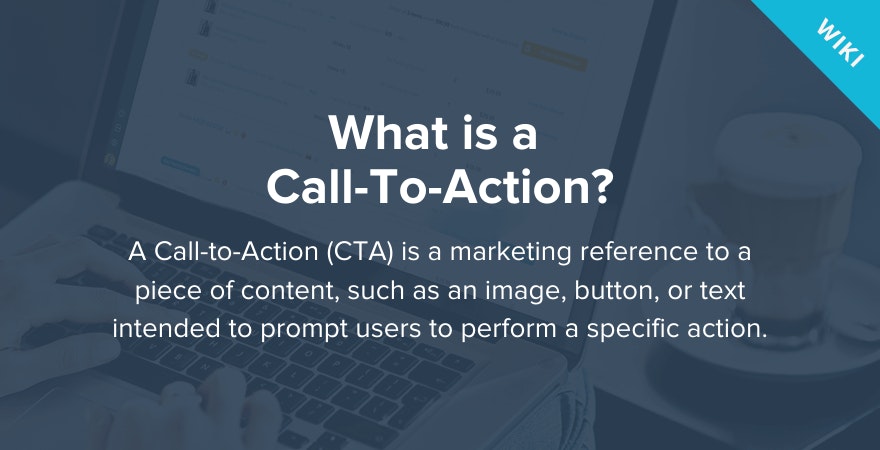
A call-to-action (CTA) is more than an ordinary button. It’s a powerful tool that can help boost conversion rates and drive sales for your ecommerce store.
CTA’s are used by online businesses to encourage their customers to take specific actions such as buying products, signing up for newsletters, and even leaving reviews.
When it comes to creating successful CTA’s for your ecommerce store, the key is to make them stand out from all the other elements on your website.
This means that you should use creative design techniques, eye-catching colours, and persuasive copy to grab the attention of visitors and convince them to take action.
The first step in creating effective CTA’s is making sure they are easy to spot on your website. You want them to be visible so visitors don’t have to search for them.
Place them in prominent locations, like the top or bottom of the page, and consider using contrasting colours or fonts that make them stand out from the rest of the page content.
Next, ensure that your CTAs are clear and concise so visitors understand what they need to do when they click on them.
Avoid using overly complicated language or too much text, as this can be confusing for visitors. Instead, focus on conveying a single message that is easy to grasp at a glance.
Also make sure you use action-oriented words such as “buy now” or “sign up today” as these words motivate people to take action.
In addition, remember that visuals play an important role when it comes to creating successful CTA’s for your ecommerce store.
Visual cues can draw people’s attention more quickly than plain text alone, so think about including images or videos with your CTA buttons.
You can also incorporate psychological triggers such as urgency by adding countdown timers or limited offers with expiry dates next to your calls to action, which will help increase conversions even further.
Finally, consider testing different versions of your CTA’s before rolling out live campaigns across all channels.
A/B testing allows you to experiment with different designs and placement options in order to find out which works best for driving conversions for your ecommerce store.
Split-test different variations until you identify which one gets the highest click rate, and then optimize those results over time by tracking user behaviour and customer feedback.
Through analytics tools like Google Analytics and Hotjar Heatmaps Tracking Software, respectively
In conclusion, having effective call-to-action buttons is essential if you want customers to come back, again and again, to shop at your ecommerce store!
With thoughtful design techniques combined with persuasive copywriting skills, you can create powerful CTAs that will significantly increase conversions!
Strategy 6. Remarketing & Retargeting Ads:
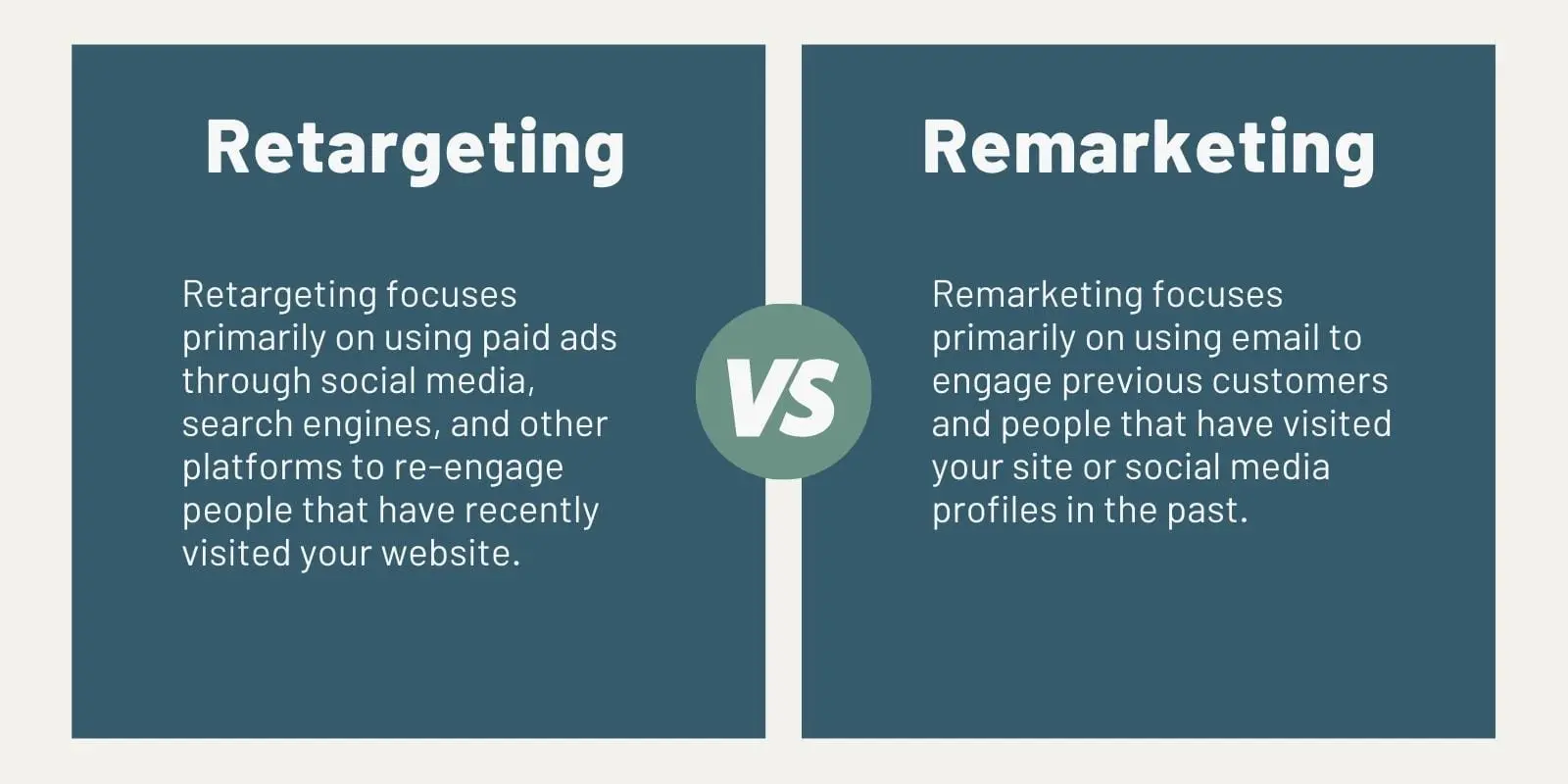
Remarketing and Retargeting Ads: The Ultimate Growth Hacking Strategies for Your Ecommerce Store
Remarketing and retargeting are two of the most powerful growth hacking strategies available to any ecommerce store.
Implementing remarketing and retargeting campaigns can significantly increase your bottom line by driving more qualified customers who are already familiar with your brand to your site.
These strategies rely on leveraging existing website data, cookies, and visitor tracking technology to help you better understand how users interact with your online store.
With this information, you can create a customized experience for each user based on their past behaviour or preferences.
Retargeting works by targeting ads specifically to people who have visited your site before but have not necessarily converted as customers yet.
When a person visits your site, they receive a cookie that is stored in their browser, which then allows them to be served targeted ads while they browse other sites related to the one they just visited.
This type of ad is highly effective because it reminds potential customers of their previous interest in what you’re selling, prompting them to return and complete the purchase process.
Remarketing takes things one step further by targeting people who have already taken some action on your site.
Depending on their action (e.g., abandonment of shopping cart), you can customize an ad campaign that speaks directly to them based on their preferences or actions.
This can be incredibly effective at persuading someone to take whatever action you want them to take next (i.e., make a purchase).
When used together, remarketing and retargeting help build relationships with potential customers through frequent contact, giving businesses multiple chances to turn visitors into paying customers.
It also allows businesses to track how well each ad performs so that they can refine the approach over time and make tweaks as needed for optimal results.
Plus, if done correctly, these strategies can also be used as tools for testing different types of offers so you know what works best when converting leads into sales.
Ultimately, these growth hacking strategies give ecommerce stores an edge over competitors by taking advantage of customer data that provides insight into user behaviour and preferences.
While serving up timely prompts or tailored offers directly related to prior purchases or activities onsite, allowing businesses a greater chance at making a sale when it counts most!
Strategy 7. Segment Your Email Marketing:
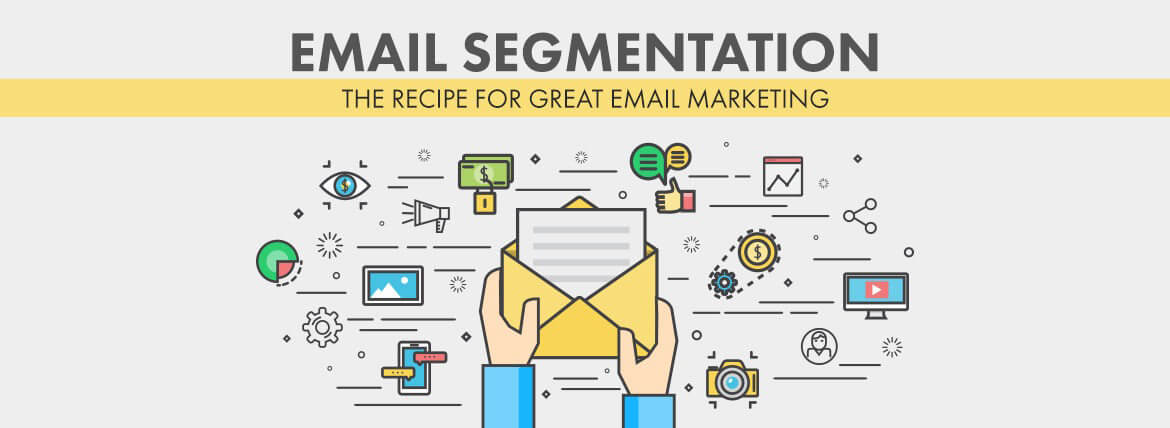
Just about every online store understands the importance of email marketing.
However, many stores don’t understand how to segment their email lists effectively to get the most out of their campaigns.
When done correctly, segmentation can significantly increase your open rate, click-through rate, and overall ROI from your email marketing efforts.
Here are some essential strategies for segmenting your email list to achieve maximum results.
The first step to effective email list segmentation is understanding exactly who your customers are and what their needs may be.
You should be able to create different segments based on customer demographics (age, gender, location), purchase habits, interests, behaviour and even lifecycle stage.
Once you know who you’re targeting with each segmented list, you’ll be able to craft content that is more relevant and engaging for each group.
Another important aspect of segmenting your list is timing. Depending on the type of message you want to send out and its purpose, you may want to send it at a certain time or day in order to maximize results.
For example, if you are running a promotion that ends soon, it’s best practice to send out the campaign just before the offer ends in order to maximize conversions.
On the other hand, if you’re sending out a newsletter or an educational piece of content, it might make more sense to send it earlier in the week when engagement levels tend to be higher as people get back into work mode after the weekend.
In addition to timing and demographic/behavioural information, another way to refine your list segments is through A/B testing.
This allows you to see which versions of an email yield better results, allowing you to tweak any details that may not be resonating with readers before sending out future campaigns.
It also enables you to test different subject lines or calls to action, as well as personalization elements, such as customers’ names, to determine which drives better response rates from subscribers.
Finally, don’t forget about automation! Automated emails are one of the most effective ways of sending targeted messages at strategic times throughout a customer’s journey with your brand from welcome emails.
Shortly after signup, through purchase confirmations and post-purchase follow-ups, we encourage repeat purchases down the line.
With automated emails, there’s no need for manual setup each time a campaign goes out—you set it up once and let it run on its own according to predetermined parameters like triggers set off by the user.
Activity or website visits, as well as frequency settings like how often someone should receive campaigns based on their past activity with your store/brand.
Email list segmentation is one of the key strategies ecommerce stores use when attempting growth hacking tactics through email marketing campaigns—and when done correctly, it can have dramatic effects on sales performance.
By following the tips outlined above—understanding who your target audience is, optimizing timing, using A/B testing, and implementing automation—you can drastically improve engagement metrics across all channels.
All aspects of your digital communication strategy give you greater insight into what works best with specific customer segments. This allows you to tailor future campaigns accordingly, resulting in higher ROI from all future endeavours!
Strategy 8. Use a Referral Program:
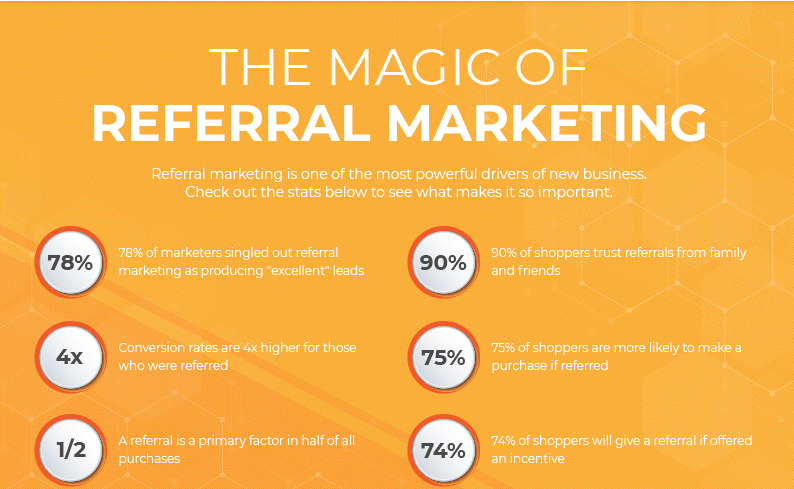
Referral programs are an essential growth hacking strategy for any ecommerce store, as they are a great way to increase customer acquisition and boost sales.
A referral program is when you offer your customers rewards in exchange for referring their friends and family to your store.
This can be done through discounts, free products or services, points redeemable for future use, or even cash rewards.
When it comes to referral programs, the key is making sure that you create one that is simple for your customers to understand and use, highly beneficial for them, and easy to monitor.
The following tips will help you create a successful referral program for your ecommerce store:
1. Set Clear Goals:
You need to decide what type of reward you want to offer your customers and set clear goals around this reward system.
Make sure that the rewards are meaningful enough that customers will want to share them with their friends and family.
Additionally, set achievable terms and conditions, such as how many referrals are needed in order to get the reward or if there is an expiration date for achieving the goal.
2. Promote The Program:
Once you’ve set up your referral program, make sure people know about it!
It would be best if you promoted it on all of your marketing channels— email campaigns, social media posts, etc.
Additionally, encourage existing customers who have already bought something from you to refer others by placing links on their purchase confirmation emails or thank-you pages they receive after completing a purchase from you.
3. Automate Where Possible:
Minimizing manual intervention can help streamline the process of monitoring success rates and ensuring that each customer receives their rewards responsibly for each successful referral.
Utilize automation tools like Zapier, which allow different apps to communicate with one another automatically, so processes like tracking referrals become seamless tasks from start to finish!
4. Optimize Continuously:
Lastly, and most importantly, make sure that you continuously optimize your referral program over time based on its performance metrics, such as conversion rate.
The total number of referrals generated per month or year—this way, you can ensure that everyone involved in the process (yourself included) is getting maximum value out of it!
Keep track of what messaging strategies work best to promote the program itself and adjust accordingly if necessary!
Overall, creating a successful referral program can provide immense value in terms of customer retention and increased sales due to increased customer acquisition rates over time, so don’t skip out on implementing one today.
With these tips above in mind, plus some creative thinking & optimization techniques on top, you’ll be well on your way towards achieving greater success with this essential growth hacking technique for any ecommerce store owner!
Strategy 9. Contests & Giveaways:

Contests and giveaways have become an essential part of ecommerce marketing strategy, as they can help increase engagement, visibility, and even conversion rates for your store.
Contests give customers a chance to win exciting prizes while also giving your store the opportunity to gain more exposure and promote interaction with potential customers.
In this article, we will discuss how you can use contests and giveaways to grow your ecommerce business.
First off, it’s important to understand the basics of running a giveaway or contest on your website.
You will need to decide what type of prize or rewards you want to offer, how long the contest should run, who is eligible to participate, and how people can enter.
All of these factors are essential in creating an effective contest that generates interest among potential customers.
Next, you’ll need to provide detailed instructions for participating in the contest so that people know exactly what they have to do and when to win a prize.
This includes providing clear and concise rules that outline all entry requirements, such as age limits or geographic restrictions.
It’s also important to include deadlines for entering the contest—let people know when entries must be received in order for them to be eligible for consideration.
In terms of promoting your giveaway or contest, there are several tactics you can use.
The first is leveraging social media platforms like Facebook, Instagram, and Twitter—not only will you reach potential contestants quickly, but entries from those platforms can also be uploaded directly to your store’s website.
Additionally, don’t forget about traditional methods like email campaigns. Targeted emails can help reach existing customers who may already be interested in participating in a giveaway or competition.
It would be best if you also considered offering incentives for entrants who share their participation with friends via social media platforms – this gives people an extra incentive to spread the news about your contest so more potential participants.
And if you’re feeling especially generous, don’t forget about bonus prizes—randomize rewards that give some contestants an additional advantage over others, which encourages further participation.
Finally, it’s important to create a fun and engaging experience during your contest and ensure that winners receive their prizes promptly after its conclusion.
All participants, regardless of whether or not they won anything, this gesture helps maintain goodwill with everyone involved in the giveaway/contest and reinforces positive brand-building activities over time.
By keeping all these tips in mind while planning out contests & giveaways for your ecommerce store, you’ll be well on your way towards successful growth hacking strategies!
From developing high-quality content that engages existing customers while inducing new ones to join through increasing brand visibility online.
Competitions and giveaways are proven paths to success when used correctly. So take advantage today and start growing your business through attractive promotional strategies!
Strategy 10. Influencers Can Make Strong Allies:

As an ecommerce store owner, you understand the importance of having a strong customer base and customers who are loyal to your brand.
To this end, one of the best strategies is to identify individuals who influence your target market and enlist them as allies in promoting your products or services.
This type of marketing strategy is known as influencer marketing, and it can be incredibly powerful in helping you grow your business.
To make influencer marketing work for you, it’s important to understand how to identify the right people with influence over your target audience.
Influencers are typically individuals who have a large following on social media, such as celebrities, bloggers, or thought leaders in their respective industries.
They may have some expertise and authority on topics related to your product or service.
Once you’ve identified potential influencers, decide how you want to approach them—whether it’s through a direct email pitch or a post on their feed.
Once an influencer agrees to promote your product or service, there are several ways they can do so.
For example, they may post about it on their social media accounts, create content related to the product, host giveaways, offer discounts, or share stories about personal experiences with the product.
Write reviews, provide snippets from interviews, create content around trending topics related to the product, and more – all while encouraging their followers to purchase from you.
It’s also important to maintain a two-way relationship with influencers and consider their feedback about the products or services being promoted.
Doing so can help ensure that any promotion remains authentic and of high quality. If the influencer doesn’t genuinely believe in what they are promoting, then their followers won’t either!
It would be best if you always rewarded any influencers who support your brand by offering them exclusive incentives such as exclusive discounts or advance access/promotion of new products/services before anyone else gets access.
This will ensure that they feel appreciated for their efforts, which will increase loyalty to your brand!
The success of any influencer campaign depends heavily on understanding what kind of content works best with each influencer’s audience and using effective tracking metrics such as impressions generated.
Also, keep an eye out for comments on posts shared by these influencers. This is one way to measure success, as followers are likely to interact more when they enjoy what they see!
Additionally, you must remain transparent during campaigns and disclose any sponsored relationships clearly in accordance with FTC guidelines.
So customers know exactly what’s going on behind the scenes & don’t mistakenly think there’s something deceptive happening.
Overall, working with influential people can be beneficial for ecommerce stores because not only does it give them access to larger networks & audiences, but it also provides an opportunity for brands.
Keep these points in mind when embarking upon this strategy & you will be well on your way towards growing & boosting long-term sales for your ecommerce store through influential allies!
Quick Links:
- How to Conduct Online Market Research?
- Ecommerce Niches Really Lead To Riches
- How to Market a New Service Effectively?
- How To Build Trust In Relationships With Content Marketing?
Conclusion: Essential Growth Hacking Strategies 2024
There you have it: 10 essential growth hacking strategies that every ecommerce store should be using.
If you’re not already using these methods, then you need to start today! Implementing even just a few of these could lead to explosive growth for your business.
So what are you waiting for? Get started, and let us know how you get on in the comments below!
